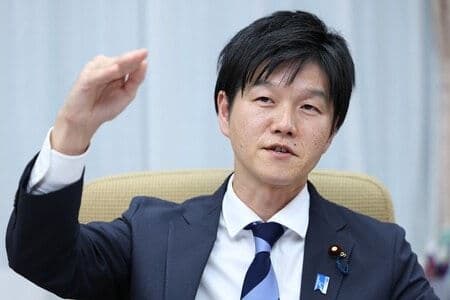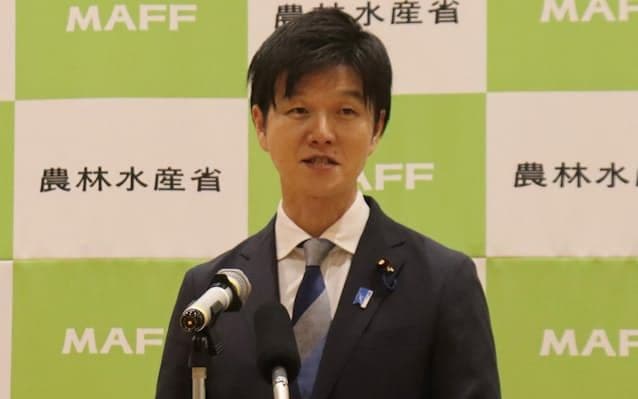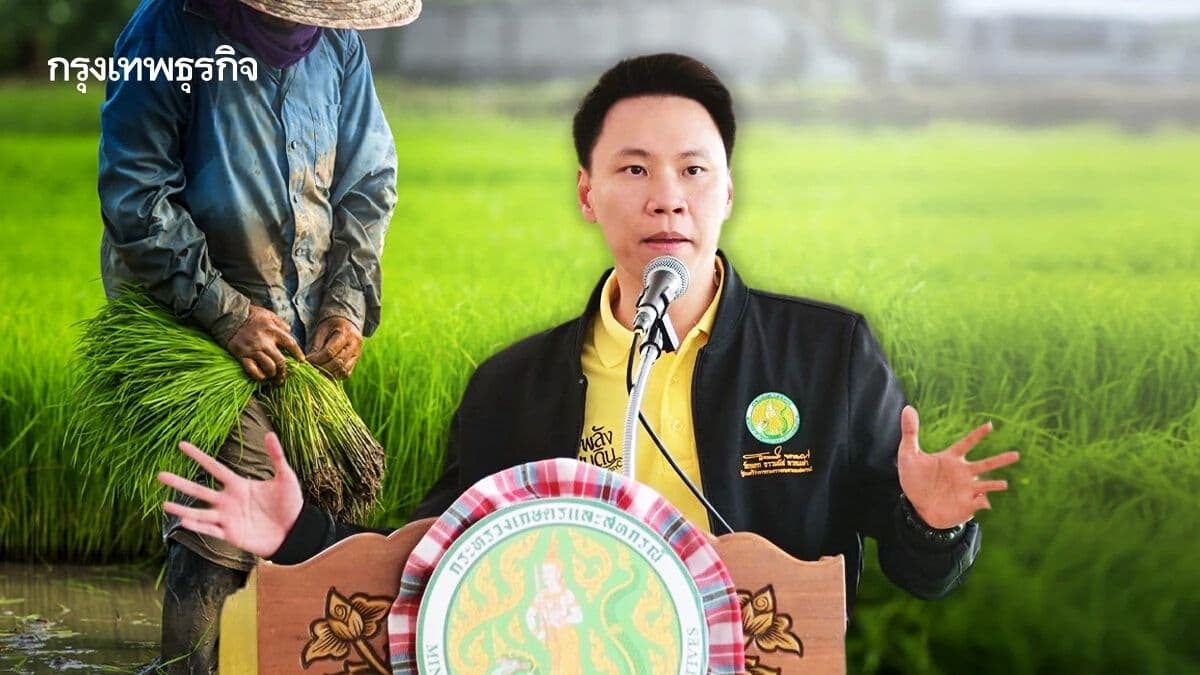Japan's Rice Crossroads: The Unending Quest for Balance in the Paddy Fields
Japan's rice policy shifts again. Explore historical 'Gentan' lessons, farmer anxieties, and the quest to balance price, production, and food security for its vital staple grain.

The Looming Policy Shift: Current Debates and Farmer Anxieties
Japan's rice policy finds itself at another critical juncture, sparking considerable debate and anxiety among its farming communities. The recently proposed a 2% reduction in the staple rice production target for 2026, aiming for 7.11 million tons. This move effectively reverses the previous administration's push for increased production, championed by former Prime Minister and former Agriculture Minister . Farmers, the powerful , and agricultural politicians within the are vocalizing strong concerns that such a reduction, following a period of increased output, could lead to a significant drop in rice prices, undermining their livelihoods.
The current Agriculture Minister, , has articulated a market-driven philosophy, stating that rice production must align with demand. He suggested that the recent "" – a period marked by retail shortages and consumer dissatisfaction – has subsided, and that "irresponsibly increasing production" is unsustainable. This pivot highlights the inherent tension in Japan's rice strategy: balancing stable supply for consumers with price stability for producers. While MAFF plans to resume government rice stockpiling for 2026 and is considering private sector reserves to prevent future shortages, the immediate concern on the ground remains the economic viability of rice farming under volatile policy shifts.

Echoes of the Past: Japan's Decades-Long Relationship with Rice Acreage Reduction
The current debate over rice production targets is far from new; it's a recurring theme in Japan's agricultural history, directly echoing the decades-long '' (減反) policy of rice acreage reduction. Initiated in the early 1970s, Gentan's primary goal was to prevent oversupply that depressed rice prices, thereby stabilizing farmer incomes. For years, the government directly allocated production quotas to prefectures and farmers. While these direct administrative targets were officially abolished in 2018, opening the door for farmers to theoretically grow rice freely, the spirit of production adjustment persisted. MAFF continued to issue demand-based production guidelines, effectively influencing farmers through subsidies for converting paddy fields to other crops like feed rice or soybeans.
This historical context reveals a deeply ingrained governmental impulse to manage rice supply to protect producers. The recent shift back towards production control, following a brief period of encouraging increased output, demonstrates that Japan's agricultural policymakers are still wrestling with the same fundamental challenge: how to achieve equilibrium in the rice market. The current anxieties among farmers about potential price collapses are a direct consequence of this enduring, often cyclical, policy approach that has shaped their decisions for generations.
The Policy Pendulum: Why Japan Struggles to Find a Sustainable Rice Strategy
Japan's struggle to forge a sustainable rice strategy is perhaps best understood as a perpetual swing of a policy pendulum. On one side, there's the imperative to ensure domestic food security and protect farmer livelihoods, often leading to production controls and price supports. On the other, market realities like declining domestic consumption due to population decrease and changing dietary habits, coupled with consumer demand for stable, affordable prices, push for different approaches. We saw this pendulum swing dramatically from the "", where shortages prompted calls for increased production, to the present, where fears of oversupply are leading to proposed cuts.
This constant oscillation creates an environment of uncertainty for farmers and makes long-term planning incredibly difficult for the agricultural sector as a whole. Furthermore, the high domestic rice prices, partly a result of past protective policies, have made imported rice more attractive, even with high tariffs. If imported rice gains a stronger foothold in Japanese households, it could fundamentally weaken the domestic production base, creating a paradox where policies designed to protect farmers inadvertently expose them to greater long-term risks. The challenge lies in harmonizing these conflicting objectives within a dynamic global and domestic landscape.
Voices from the Field: The Human Cost of Market Volatility on Farmers
Behind every policy debate and statistical projection are the men and women who tend Japan's paddy fields. For them, the policy pendulum isn't an abstract concept; it's a direct influence on their daily lives and economic stability. Farmers, along with agricultural cooperatives, are now expressing profound anxiety over the proposed 2% production cut for 2026, fearing a glut that could send rice prices plummeting. Just recently, many had responded to higher prices by shifting back from growing feed rice or soybeans to cultivating staple rice, a decision now potentially undermined by the policy reversal.
This constant back-and-forth makes long-term investment and business planning incredibly precarious for farming families. One year they are encouraged to diversify, the next to increase staple rice, and then to cut back again. Each shift requires significant adjustments in labor, machinery, and crop rotation, often incurring substantial costs. The potential for imported rice to become a fixture on Japanese tables, driven by domestic price fluctuations, represents an existential threat to their very profession. Their resilience is continually tested by market volatility and governmental interventions that, while well-intentioned, often create unforeseen challenges at the grassroots level.
Cultivating a Future: Beyond Production Targets Towards Sustainable Food Security
To break free from the perpetual cycle of production adjustments, Japan must cultivate a future for its rice industry that looks beyond mere production targets. A truly sustainable strategy requires a multi-faceted approach, starting with robust demand creation. Expanding exports to diverse overseas markets, even those with different food cultures, is crucial to absorb potential surpluses and reduce reliance solely on domestic consumption, which continues to decline with Japan's shrinking population. This demands innovation in product development, marketing, and logistics to appeal to global palates.
Equally vital is strengthening strategic reserves. The planned resumption of government rice stockpiling and the exploration of private sector reserve systems are positive steps, aiming to prevent future "" while also providing a buffer against price volatility. However, these reserves must be managed transparently and with clear triggers for release, avoiding market disruption. Ultimately, Japan needs to foster a resilient agricultural sector that can adapt to changing conditions, balancing market-oriented production with the fundamental need for food security. This means empowering farmers with stable support, encouraging innovation, and exploring new uses for rice beyond the dinner table, ensuring that the quest for balance in the paddy fields leads to enduring prosperity, not just another turn of the policy pendulum.
Related Articles

The Unseen Hand in Japan's Rice Fields: Decoding Minister Suzuki's Market-Driven Agrifood Vision

The Unseen Hand in Japan's Rice Fields: Decoding Minister Suzuki's Market-Driven Agrifood Vision

Beyond the Baht: Navigating the Future of Thai Rice in a Shifting Landscape

Beyond the Baht: Navigating the Future of Thai Rice in a Shifting Landscape

Beyond the Bailout: Charting Stability for Thailand's Agricultural Backbone

Beyond the Bailout: Charting Stability for Thailand's Agricultural Backbone

Harvesting Justice: Colombia's Rice Farmers' Fight for Livelihoods and National Food Security
